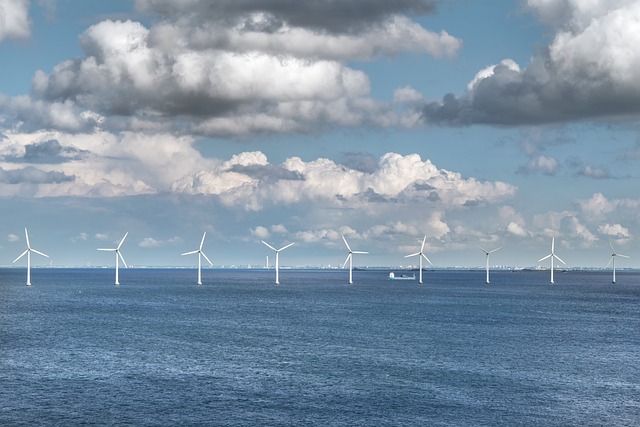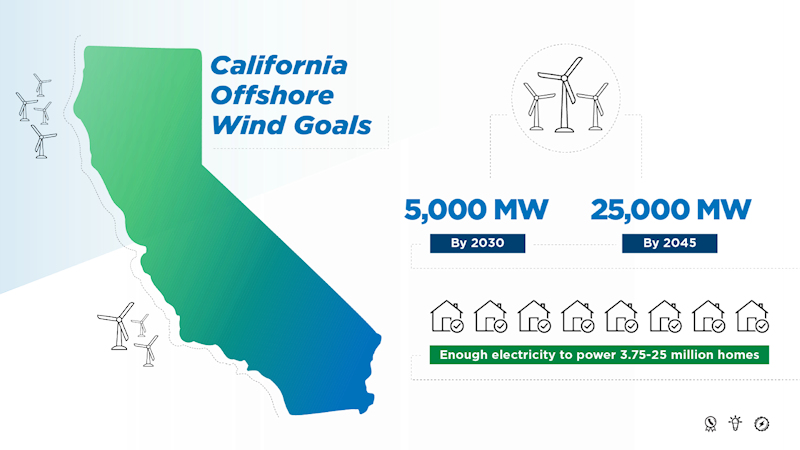
The plan outlines analysis and strategies to deploy floating turbines off the state’s central and northern coasts with a planning goal of 25,000 megawatts (MW) of capacity by 2045, enough to power 25 million homes. This transformative effort advances California's ambitious clean energy goals to deliver substantial economic benefits statewide.
"Adopting this comprehensive strategic plan for offshore wind development marks yet another significant milestone in California’s journey to a 100 percent clean energy future," said CEC Chair David Hochschild.
"Offshore wind has the potential to accelerate the clean energy transition by providing a consistent, reliable source of clean electricity, supporting our ambitious climate goals, creating local manufacturing jobs and driving economic development. We are committed to harnessing this clean resource to ensure a sustainable energy future for all Californians."

“As we move forward with our plans to develop offshore wind energy in California, we are not only investing in renewable energy, but also in the future of our state's economy. Offshore wind will create thousands of new jobs for Californians, from manufacturing to maintenance, and build out a robust supply chain to support this growing industry,” said Dee Dee Myers, senior advisor to Governor Gavin Newsom and director of the Governor’s Office of Business and Economic Development (GO-Biz).
California’s electricity grid is served by nearly 35,000 MWs of renewable resources today, but to meet the 2045 goal, the state will need an additional 148,000 MWs, which will likely require the development of land and ocean space across many regions of the state.
Offshore wind stands out for its potential to generate vast amounts of electricity thanks to strong, consistent winds off California’s coast. Additionally, offshore wind can generate electricity at times when solar power drops off, such as overnight and in winter, providing a complementary electricity generation profile to the state’s renewable energy portfolio.
Offshore wind development is poised to deliver substantial economic benefits to California. A recent study projects the creation of more than 8,000 jobs during peak offshore wind development, many of which will be unionized, providing stable and well-paying employment opportunities.
The plan underscores a commitment to responsible development that reduces greenhouse gas emissions and pollution impacts for the climate, in communities, to public health and to the environment, and minimizes impacts to California Native American tribes, ocean users and marine wildlife.
Off the California coast, floating wind energy technology has been identified because it’s particularly suited to deep waters and offers several benefits including the ability to access stronger and more consistent wind resources farther offshore and reduced environmental disturbances to the seabed.
Next Steps
Following adoption of the strategic plan, the CEC and partner agencies will advance the strategic plan by:

